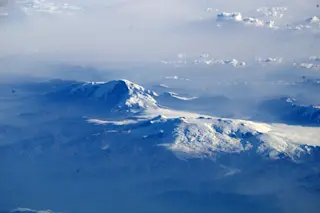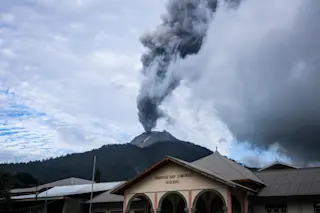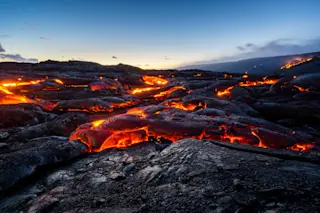Alaska is full of volcanoes. Most of them lie along the long, arcuate chain along the Alaska Peninsula and Aleutian Islands, stretching far into the Pacific Ocean. However, they are not the only volcanoes in the vast state. to the east of the Aleutian arc are the Wrangell-St. Elias Range. It is one of the most complex tectonic area in North America and home to at least 10 volcanoes. In fact, some of the largest eruptions in the past 10,000 years come from the Wrangell-St. Elias range.
Why bring this up now? Well, the Alaska Volcano Observatory announced the installation of a new pair of seismometers for Wrangell. It is the most active volcano in the Wrangell-St. Elias Range, most recently erupting in 1912. We now have the ability to watch for signs of new eruptions from Wrangell.
Wrangell is big. The shield volcano is over 30 kilometers across and ...














